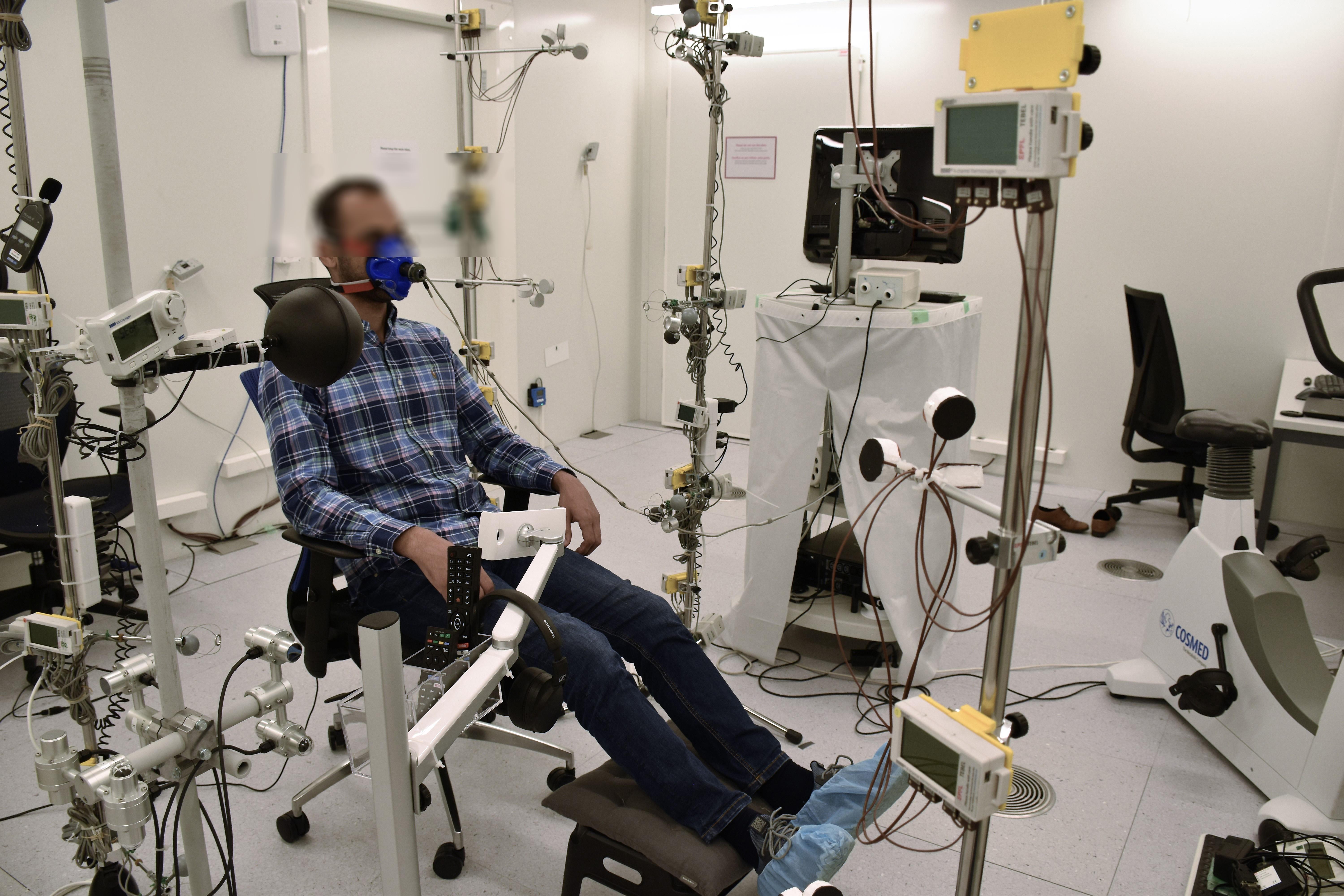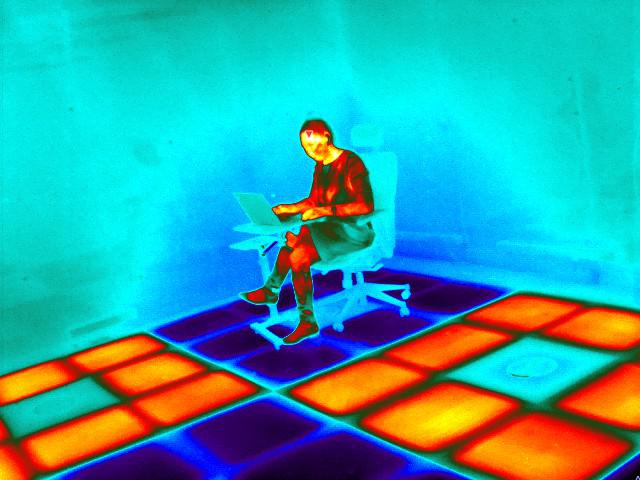EPFL researchers have shown that people's perception of office temperature can vary considerably. Personalized climate control could therefore help enhance workers' comfort - and save energy at the same time.
Global warming means that heatwaves are becoming ever-more frequent. At the same time, we're in a global race against the clock to reduce buildings' energy use and carbon footprint by 2050. This has shone the spotlight on the importance of making the thermal comfort of buildings a strategic and economic priority. And this is the focus of research conducted by Dolaana Khovalyg, a tenure track assistant professor at EPFL's School of Architecture, Civil and Environmental Engineering (ENAC) and head of the Laboratory of Integrated Comfort Engineering (ICE), which is linked to the Smart Living Lab in Fribourg.
In her latest study, published as a brief, cutting-edge report in Obesity Journal, she highlights the benefits of providing personalized thermal conditioning and heating for each office desk, rather than maintaining a standard temperature throughout an open space. Khovalyg and her team came to this conclusion after the human thermo-physiological data they collected showed that individuals display very different levels of thermal comfort under normal office conditions.

Cross-disciplinary research
The researchers took a cross-disciplinary approach, combining applied engineering know-how and knowledge of human physiology in their study of human-building interactions. For the more physiological aspects, Khovalyg teamed up with Yann Ravussin, head of the Laboratory of Energetics and Advanced Nutrition (LEAN) at the University of Fribourg's Department of Medicine.
"At the moment, air conditioning systems are geared towards the space, not the people," explains Khovalyg. "They're calibrated to ensure the comfort of a standard individual but don't factor in the major differences in temperature perception. Yet over the last few years, research has shown that we all feel an indoor temperature very differently." Our age and gender affect our metabolism, which can fluctuate based on our diet, the season and our circadian rhythm. All of these factors influence how comfortable people feel at room temperature.
"The average office temperature is 21oC in the wintertime. At that temperature, some people are warm and others are cool - 80% of people are happy, but 20% are not. Our aim is to make sure everyone feels comfortable, with no exception," says Khovalyg. "Humans are heat engines; we generate heat that we then have to dissipate to the ambient environment. And we now have the technology and tools to measure just how much heat each person is giving off on a minute-by-minute basis."
At the moment, air conditioning systems are geared towards the space, not the people.
Major variations in energy expenditure
The researchers analyzed the energy expenditure of six individuals, comprising a non-biased sample of regular people that could be sharing the same office space. Over three months, they participated in a series of experiments in a special climate-controlled chamber (at temperatures ranging from 16oC to 24oC) at ICE's lab in Fribourg. They performed everyday activities such as sitting, standing, and eating meals. A sample of six individuals was enough, Khovalyg explains, since the aim of the study was to compare individual data rather than produce statistics or averages.
Studies measuring people's energy expenditure usually focus on extreme situations; they look at athletes, explorers or military personnel on expeditions in hostile environments, for instance. The energy expenditure of the average office worker - the focus of Khovalyg's study - is rarely examined.
The researchers found there to be major differences between individuals, including between two men of similar build doing exactly the same office tasks. More targeted analyses showed major differences in vasoconstriction, which is how blood pressure is regulated between, for instance, a person's chest and their fingertips, even at a room temperature of 24oC. "This was particularly prominent in women - some women's hands got cold much quicker than others," says Khovalyg.
An ethical challenge
The ability to accurately measure an individual's energy expenditure paves the way for a new type of technology, where collected data are fed into central heating and cooling systems so that they can adjust the temperature in a given area in real time, and thus optimize a building's power consumption. For the time being, heated and cooled tables and chairs usually have limited temperature settings, but this technology will make it possible to customize the temperature for each office worker.

Khovalyg acknowledges that the measuring devices used for this research were somewhat cumbersome - participants had to wear silicon facemasks and have wearable sensors placed all over their bodies. "The next step is to look into less invasive ways of getting the data we need," says Khovalyg. "The smartwatches available on the market still have too large a margin of error, so we're currently working with infrared cameras, which could be much more accurate in monitoring several people non-intrusively when augmented by human physiology models. The data can be collected and then processed by data-driven algorithms that are integrated into a climate control system." She thinks that this technology will be available in smart buildings within the next decade.
Ethics is one of the main challenges with this kind of research, and some issues - such as how to handle personal data on a large scale - still need to be resolved. One option currently on the table is to use non-invasive measuring devices that don't actually store any personal data. "We are working, for example, on sensors that can be placed on an employee's chair rather than on the body," says Khovalyg. "But one way or another, people working in smart buildings equipped with this technology will have to be informed that the technology is in use."






